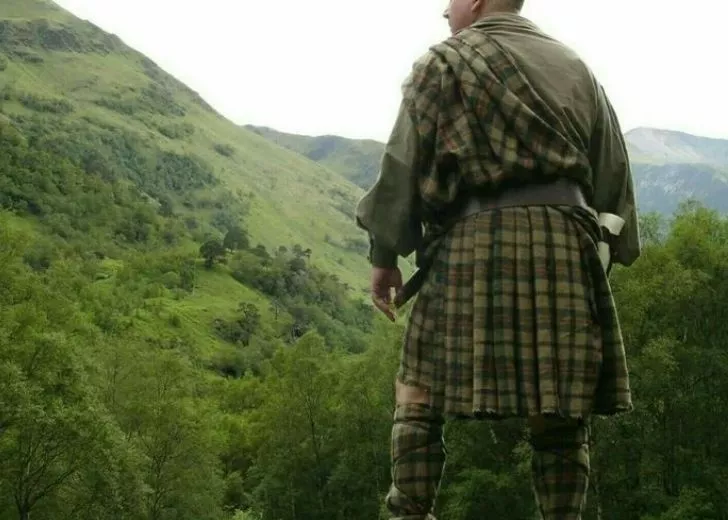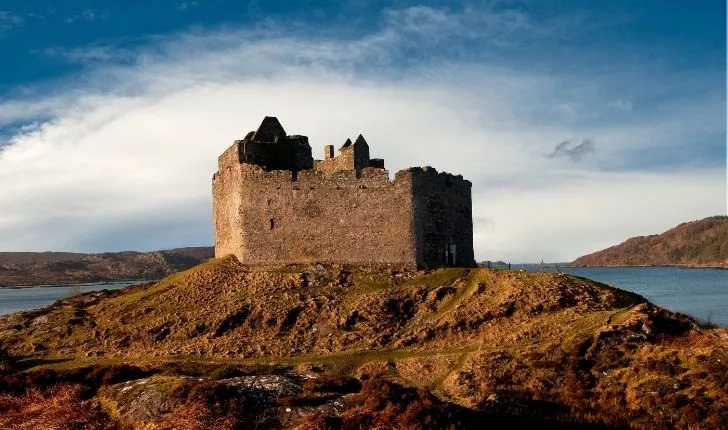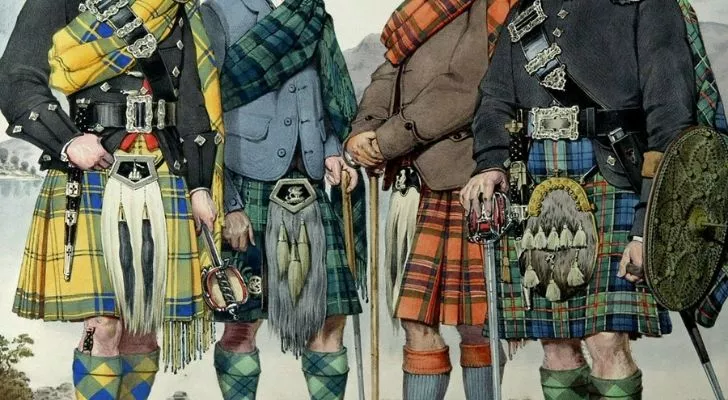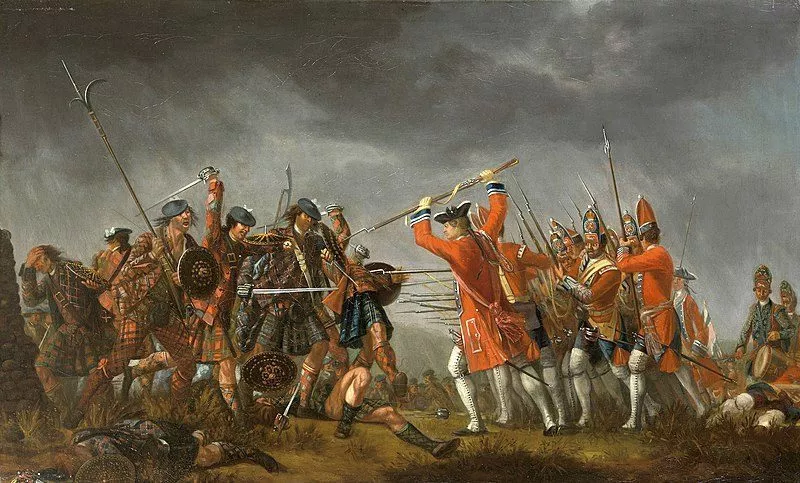It is surprising to know that the Scottish kilt was created by an Englishman. The kilt is a knee-length skirt worn by men and boys and originated from the Scottish Highlands. It has been used by the Scots since the 16th century.
The modern Scottish kilt, as we know it today, was not designed by a Scotsman. Read on to uncover the history of the Scottish kilt.
The Great Kilt

The kilt was introduced in the 16th century and was known as The Great Kilt or “filleadh mòr” in Scottish Gaelic. It covered the whole body, with the top half over the shoulders and dropped down to the knees. The Great Kilt kept clans warm in the cold Highlands, and the wools and dyes were obtained from local ingredients such as plants, lichens, fruits, and roots. Kilts of the same color were worn by those who lived in the same region, with variations depending on the season and availability of natural resources.
A Sweaty and Brutal Affair

Even though Scotland is located far north of the equator, the kilt was not always welcomed. During the Battle of the Shirts in 1544, Clan McDonald and Clan Fraser fought in the Great Glen, and they were so hot under their kilts that they ripped them off down to their shirts. Only 13 of the 900 battlers survived, showing the brutality of these clan battles. Clan Fraser emerged victorious and took Castle Tioram, which still lies in ruins today and was closed to the public in 1998.
Introduction of the Small Kilt

The shorter-length kilt we know today did not originate in Scotland. It was the idea of an English Quaker named Thomas Rawlinson from Lancashire in the 1720s. Rawlinson thought the Great Kilt was too much and decided to split the garment and create one distinct piece running from the waist to the middle knee. This led to the creation of the small kilt or “filleadh beag” in Gaelic, which was soon adopted by the Highlanders and some Lowlanders.
The Kilt was Almost Lost in History Books

In the 18th century, the Dress Act (1746) made it illegal to wear the “Highland dress,” which included the kilt. However, the kilt survived and has become an iconic symbol of Scotland.
The purpose of the ban was to bring the Scottish clans under the control of the government, with the exception of the army where it was still allowed to be worn. The ban was not repealed until July 1, 1782 and the proclamation was released in both English and Gaelic. The kilt was no longer commonly worn at that time, but thankfully, several groups started promoting the general use of the ancient Highland dress and the kilt made a grand return. The modern-day kilt is made of twill-woven worsted wool, creating a distinctive pattern known as tartan. The kilt is typically accessorized with woolen socks, a sporran, a belt, jacket, kilt pin, brogue shoes, and a white ghillie shirt. Kilts are still widely used today in Scotland and are still considered the national dress of Scotland.
Contemporary kilts, also known as “modern kilts” and “utility kilts,” have become more popular lately. They are made from various fabrics like leather, denim, and cotton. Even celebrities such as Vin Diesel, Ashton Kutcher, and Donald Trump Junior have been seen wearing these kilts. The kilt has made its way from the Scottish Highlands to the fashion runway, with designers like Molly Goddard and Louis Vuitton’s Virgil Abloh collaborating on kilt designs. As a result, everyday people outside of Scotland are now wearing them as a fashion trend.
In Canada, where there is a rich Scottish heritage, many schools have adopted the kilt as part of their uniform for girls. In Nova Scotia, some people even wear kilts as everyday wear. The kilt has a long and often violent history, spanning centuries, but we have only just begun to uncover its significance in Scottish culture. What began in the Scottish Highlands has now become a global trend.
It is hard to believe that in the 18th century, the kilt was almost forgotten forever. Long live the kilt!
FAQ
1. What is the Scottish kilt?
The Scottish kilt is a traditional garment that originated in the Scottish Highlands in the 16th century. It is a knee-length skirt-like garment made of woolen cloth that is pleated around the waist and secured with a belt or buckle. Kilts are usually made in tartan patterns – a distinctive checkered pattern that is associated with Scottish clans.
2. Why did the Scottish wear kilts?
The Scottish wore kilts as a practical garment for daily wear in the rugged terrain of the Scottish Highlands. The woolen cloth provided warmth in the cold and damp climate, while the pleats allowed for ease of movement while walking or running. Kilts were also worn as a sign of clan identity, with each clan having its unique tartan pattern.
3. How did the kilt become a symbol of Scottish identity?
The kilt became a symbol of Scottish identity during the 18th and 19th centuries when the Scottish Highlands were undergoing significant social and political changes. Many Scottish clans were disbanded, and the wearing of kilts was banned by the British government in an attempt to suppress Scottish culture. However, the kilt continued to be worn in secret, and its association with Scottish identity grew stronger. In the 19th century, the kilt became popularized as a national dress and was worn by Scottish soldiers, athletes, and musicians.
4. How has the kilt evolved over time?
The kilt has evolved over time to include various styles and materials. In the 19th century, the kilt was standardized as a knee-length garment with a set number of pleats, but today, kilts can range from mid-thigh to ankle-length. Kilts are also made in different materials, including cotton, linen, and silk. The traditional woolen kilt is still the most popular, but modern kilts have also been adapted for fashion purposes and are now worn by both men and women around the world.

Zayn Anderson is a prolific writer with a passion for uncovering the world’s intriguing facts. Armed with an insatiable curiosity, he delves into various subjects, from history and science to nature and technology.
